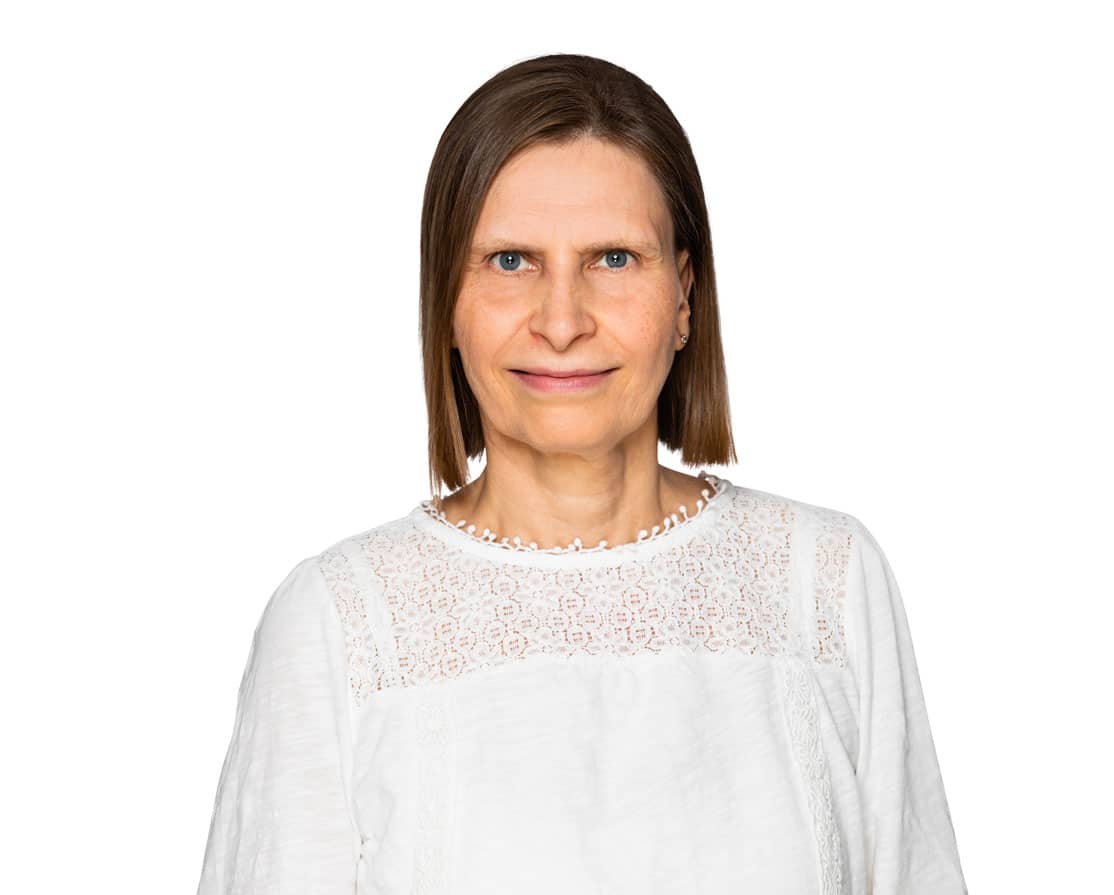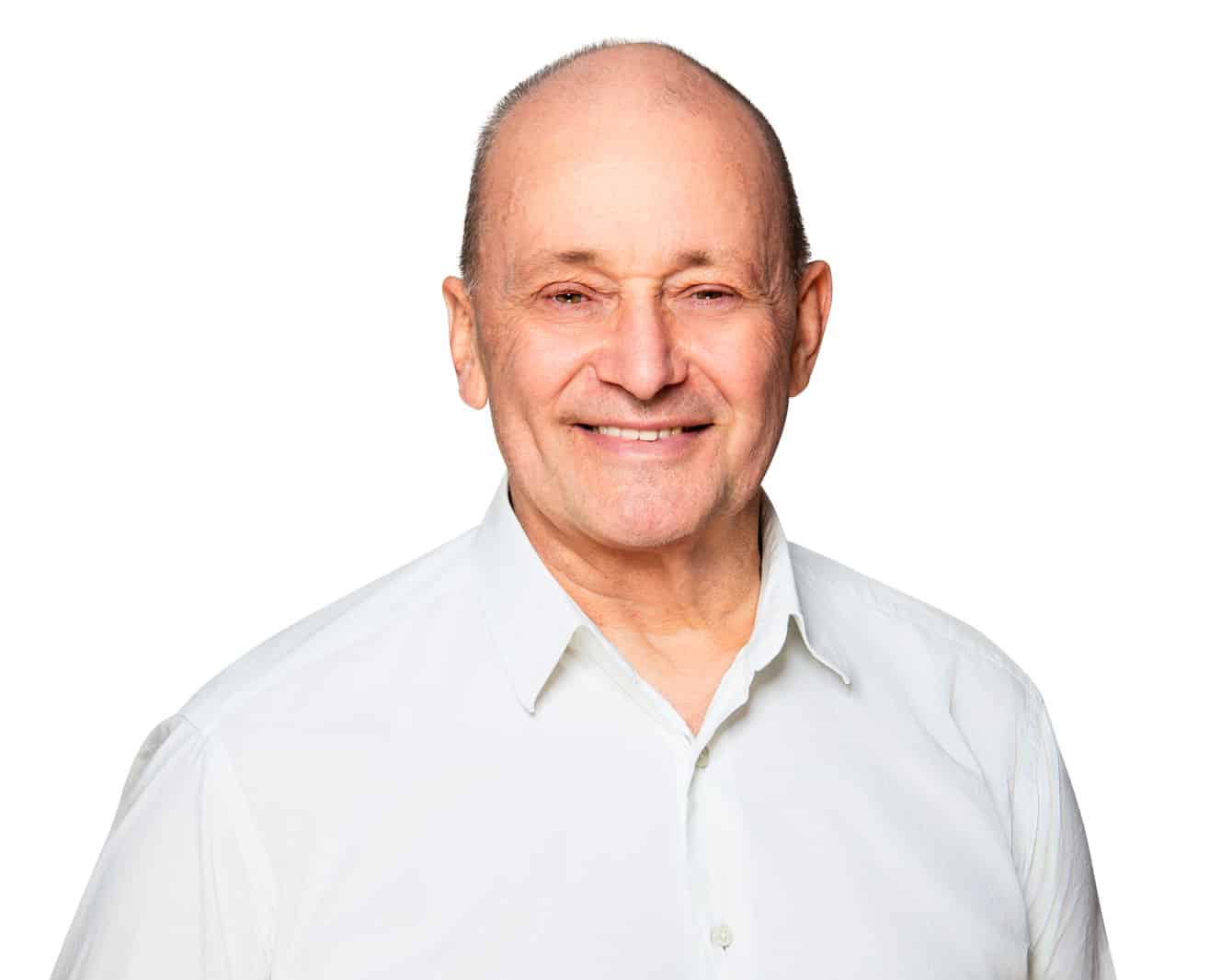IHHT – Interval Hypoxia-Hyperoxia Therapy
Optimize your health and performance with IHHT – Interval Hypoxia Hyperoxia Therapy.
To improve the performance of our patients, we use the IHHT – Interval Hypoxia Hyperoxia Therapy in the THERA Clinic with great success. Based on our experience with IHHT – Interval Hypoxia Hyperoxia Therapy, many patients have been able to successfully increase their health and performance by using this device-based “altitude training”.
IHHT – Interval Hypoxia-Hyperoxia Therapy
“Altitude training” – but without any movement at all
Why IHHT – Interval Hypoxia Hyperoxia Therapy works?
First it was the top athletes – now there was even the Nobel Prize for the research
Hypoxia as a form of training is known to us through the competitive athletes who like to do altitude training camp (= hypoxia training) to increase their performance. Why do they do this? In the high altitude air the oxygen content is lower, the air is “thinner”. This initiates a systemic oxygen deficiency, as a result of which increased production of red blood cells and tiny capillaries is stimulated, allowing oxygen to reach the tissues and cells more quickly.
Thus, hypoxia training has been an integral part of the training schedule of top athletes for decades, and mountaineers also know about the positive effects of their tours.
Three scientists will receive the Nobel Prize in Medicine in 2019 for their hypoxia research – latest scientific findings implemented at THERA Praxisklinik in the form of Interval Hypoxia Hyperoxia Therapy (IHHT).
In 2019, scientists William Kaelin, Gregg Semenza and Peter Ratcliffe were awarded the Nobel Prize in Medicine for their research into oxygen deficiency/hypoxia training at the cellular level and the positive effects on our organ system. This groundbreaking research, as well as other abundant scientific evidence of the positive effects of hypoxia training, has led us as a team at THERA Praxisklinik to offer IHHT – Interval Hypoxia Hyperoxia Therapy to our patients.
Nobel Prize in Medicine awarded to three cell researchers
Video: William Kaelin, Gregg Semenza and Peter Ratcliffe have explored the ways in which cells sense and adapt to fluctuating oxygen levels in their environment.
The IHHT – Interval Hypoxia Hyperoxia Therapy Treatment
Interval hypoxia-hyperoxia therapy (IHHT) involves alternately supplying the body with too much and too little oxygen (oxygen-rich and oxygen-poor air) via inhalation through a breathing mask in order to achieve effects similar to those of real altitude training. Translated, this means: We bring the mountain air to the THERA Praxisklinik in Berlin.
What exactly happens during IHHT?
The change between oxygen-poor and oxygen-rich air triggers biochemical processes and a chain of positive reactions in the body’s cells. Systemically, more or less all cells and their function are activated, biochemical reactions* as well as genetic transcription processes follow. This in turn causes, for example, an improved fat burning, an improved blood circulation or a reduction of inflammations. IHHT has been used successfully for many years as a method of treating disturbed energy metabolism and, in particular, a wide variety of chronic diseases.
* In one cell of the body 30,000-100,000 chemical reactions take place per second!
During pregnancy, the partial pressure of oxygen in the uterus undergoes physiological fluctuations, which sometimes enables embryonic growth.
Oxygen fluctuations in the sense of controlled hypoxia (in contrast to uncontrolled hypoxia, for example in the context of obstructive sleep apnea) lead in their overall effect to an improved supply of individual cells with oxygen and thus energy.
Controlled sequences of hypoxia also help the mitochondria in particular to regenerate. It has now been shown that a large proportion of chronic diseases are related to mitochondrial dysfunction. Interval hypoxia-hyperoxia training provides an impulse for accelerated multiplication of new and healthy mitochondria. At the same time, damaged and weakened mitochondria are selectively degraded. Disturbances in the antioxidant metabolism are reversed and free radicals are regulated to a physiological level.
The body’s own production of coenzyme Q10, which is of central importance for energy metabolism, can also be increased by IHHT.
The 10 positive effects of IHHT at a glance:
How does the IHHT work?
You sit relaxed at rest and breathe oxygen through a breathing mask for a total of 40 minutes, alternating between a low and high concentration. Depending on your training condition, the training will take you to an altitude of 2,000m (Wetterstein Mountains) up to 6,500m (Kilimanjaro). During the training you will be closely and individually supervised by our therapists and your blood oxygen concentration will be continuously monitored.
For a sustainable training success it is recommended to do at least 10 sessions. It is advisable to complete the sessions in quick succession in order to achieve the best possible effects (2 sessions/week).
Costs for Interval Hypoxia Hyperoxia Therapy (IHHT)
What investment is required on your part for IHHT?
If you are not yet a patient in our practice, then a doctor’s consultation is always required before starting therapy. In this consultation, the doctor will first record your health status, check the indication and inform you comprehensively about the course of treatment. It often makes sense to determine certain control parameters beforehand in order to subsequently be able to track the success of the treatment and the changes. In addition, we always check the possibility and necessity of further accompanying measures, which can often be carried out quite simply at home (such as adapted food intake). You should allow one hour for this discussion.
As described above, about 10 sessions of Interval Hypoxia Hyperoxia Therapy (IHHT) are necessary, for which you should also plan one hour of time each (with preparation and follow-up). On the same day after the treatment, you may feel a little more exhausted than normal. For one Interval Hypoxia-Hyperoxia Therapy (IHHT) session, and thus for your health, you invest 100 Euros with us. In addition, there is the one-time purchase of a personal breathing mask (one-time 75 euros, for reuse).
You would like to start immediately? Make an Interval Hypoxia Hyperoxia Therapy (IHHT) appointment today and contact us with your questions by phone at 030/79016533.
For which complaints or diseases do we perform Interval Hypoxia Hyperoxia Therapy (IHHT)?
As mentioned above, Interval Hypoxia Hyperoxia Therapy (IHHT) can be used for almost all chronic diseases including cancer. In particular, the following are mentioned here.
Cardiovascular disease. Improved myocardial ischemia tolerance and protection against ischemia-induced reperfusion injury. This fact is particularly relevant for patients with previous myocardial infarction, the presence of coronary artery disease or hypertension. A vasoprotective effect, among others by increasing the endothelial production of NO (nitric oxide), could be shown.
Dementia, Alzheimer’s disease, Parkinson’s disease. Improved cerebrovascular function (brain blood flow) and reduced mental stress. Improved memory performance.
Burnout, chronic fatigue syndrome and depression. Optimization of oxygen supply to the cells. Support of the continuous renewal of mitochondria and thus improved energy production. General improvement of well-being.
Oncological diseases
Diabetes and eye diseases
Neurodegenerative disorders including Lyme disease and Parkinson’s disease
Pulmonary diseases
However, Interval Hypoxia Hyperoxia Therapy (IHHT) can be used not only in the presence of a specific diagnosis, but also quite generally to improve performance (physical and mental performance) as well as to increase the fitness level, to facilitate weight reduction or to strengthen the immune system.
For more information on Interval Hypoxia Hyperoxia Therapy (IHHT), click here: www.mitovit.de
Your contact persons
Contact and appointment possible at any time
Do one or more of the above points apply to you and would you like to do something for your health? Are you curious? Please feel free to contact us by phone to make an appointment.
You can reach us according to our opening hours at tel. 030 79016533. We look forward to your call or message.
References:
Manukhina E et al.: Intermittent hypoxia-induced cardio- and vasoprotection: Role of NO stores. In: Serebrovskaya T, Xi L (Hrsg.): Intermittent Hypoxia. Nova Science Publishers. New York 2013; 79-112
Prokopov AF (2014): Intermittent Hypoxia and Health: From Evolutionary Aspects to Mitochondria Rejuvenation
Tekin D et al.: Intermittent Hypoxia and Atherosclerosis. Springer London 2012
Xi L, Serebrovskaya T (2012): Intermittent Hypoxia and Human Diseases, DOI 10.1007/978-1-4471-2906-621, Springer-Verlag London
Arkhipenko Y et al.: Adaptation to interval Hypoxia-Hyperoxia improves exercise tolerance in professional athletes: experimental substantiation an applied approbation, June 2014, European Scientific Journal edition vol. 10, No.18 ISSN: 1857-7881
Eugenia B Manukhina et al.: Intermittent hypoxia training protects cerebrovascular funciton in Alzheimer´s disease, Experimental Biology and Medicine 2016; 241: 1351-1363
Tatiana V. Serebrovskaya et al.: Intermittent Hypoxia: Cause of or Therapy for Systemic Hypertension? Experimental Biology and Medicine 2008, 233:627-650
Iryna M. Mankovska & Tetyana V. Serebrovska: Mitochondria as a Target of Intermittent Hypoxia, International Journal of Physiology and Pathophysiology 2015, 6(4): 1-17
Haider T et al.: Interval hypoxic training improves autonomic cardiovascular and respiratory control in patients with mild chronic obstructive pulmonary disease, Journal of Hypertension 2009, 27: 1648-1654
Nanduri R. Prabhakar & Gregg L. Semenza: Adaptive and Maladaptive Cardiorespiratory Responses to Continuous and Intermittent Hypoxia Mediated by Hypoxia-Inducible Factors 1 and 2, Physiol Rev. 2012; 92(3): 967-1003
LEI et al. 2012, Kapitel 21













